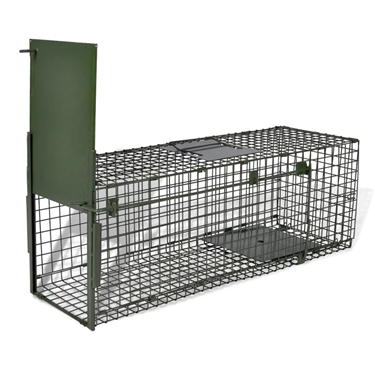TRAP NEUTER RETURN (TNR) OF FERAL CATS
31 August 2023

A REPORT BACK ON OUR TRAP NEUTER RETURN (TNR) ACTIVITIES SO FAR THIS YEAR.
The Tain & District branch of Cats Protection has attended to 93 adult feral cats since the start of the year. Adding in kittens which have been rehomed as domestic, this number goes to well over 100 animals.
Feral colonies can expand quickly and in no time a handful of cats can grow into a colony of 50-plus members. This constant inbreeding can spread and promote diseases such as feline leukaemia and
immunodeficiency virus, cat flu, physical deformities, and general poor health. So, if you know of a feral colony where we can assist, ask the landowner to contact us. There is no cost to them.
A feral colony should not be allowed to expand uncontrollably, as this will inevitably take its toll on the cats themselves; on neighbouring properties; on charity donors who fund TNR; and on volunteer trappers who have to operate at all hours, in all weathers, across vast distances.
We are most grateful to the wonderful veterinary surgery who understands the challenges and unpredictability of feral cat welfare work, and accommodates all our unplanned arrivals.
Feral cat trapping rarely goes according to schedule! And thanks to members of the public/businesses who help monitor/transport our traps; and to those who have taken in feral kittens or relocated adults.
--------------------------------------------------------------------------------------------------------------------------------------
THE TRAP
We know some folks worry about the use of the trap, but the cat is never harmed when it goes into the trap. We set the trap by placing some food at one end of the trap and keep the other end open. When the cat enters the trap for the food, it stands on a mechanism which in turn closes the open end of the trap, thus keeping the cat from escaping.
The cat suffers no physical harm and only a minimum of stress for a very short time because we cover the trap as soon as possible with a large towel or blanket. This works wonders with feral cats who feel instinctively safe in a small dark space and relax quite quickly, perhaps thinking there are in a hideout. We often use a specially designed cover for use with the trap and the cat is immediately covered when entering the trap.
This is the type of trap we use: